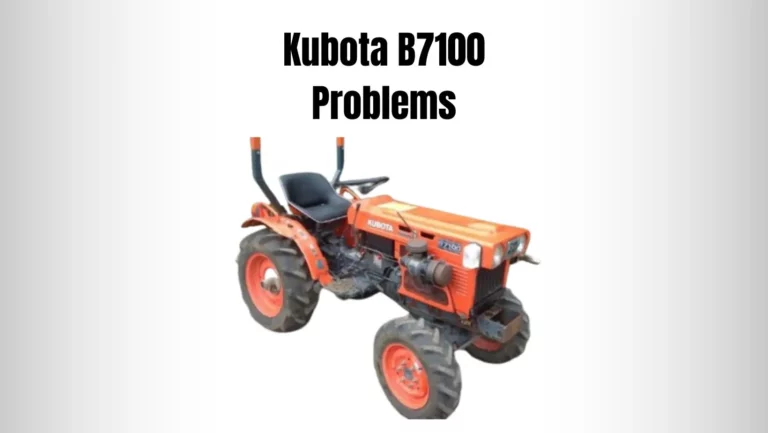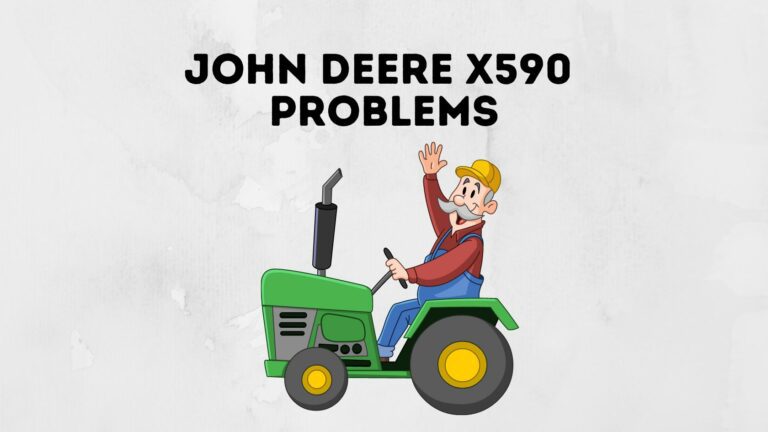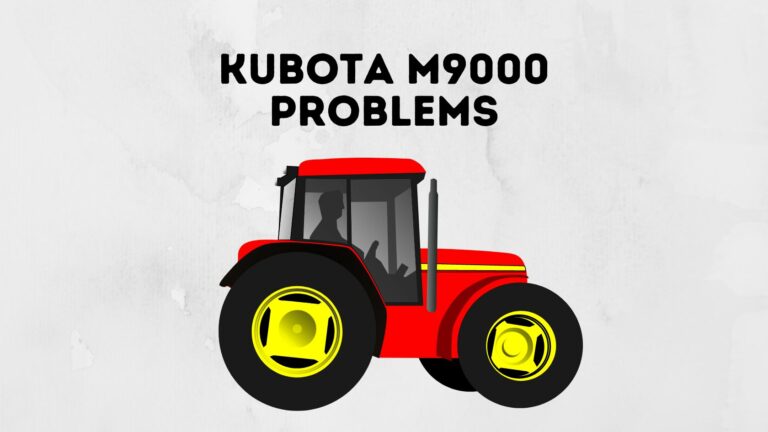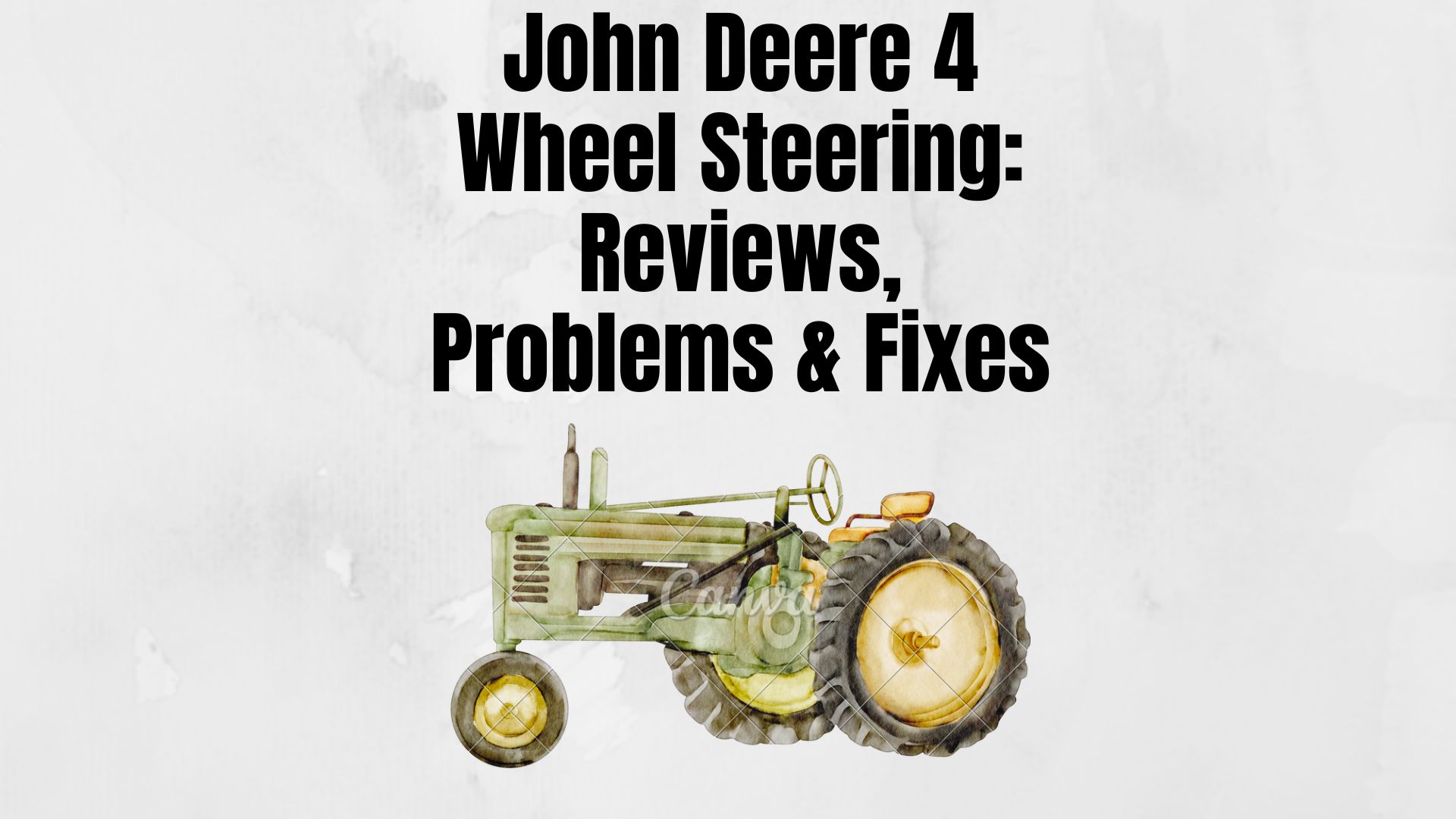
John Deere is a trusted name in the world of agriculture and lawn care, known for its innovative and reliable equipment. One of its unique features is the 4 Wheel Steering (4WS) system, designed to provide enhanced maneuverability and control. This system allows all four wheels of the tractor or mower to turn, improving stability and maneuverability in tight spaces.
In this comprehensive guide, we will explore John Deere’s 4 Wheel Steering system, including reviews from users, common problems that may arise, and troubleshooting steps to help you keep your equipment running smoothly. Whether you own a John Deere tractor or mower with 4WS or are considering one, this guide will provide valuable insights to enhance your experience.
John Deere 4 Wheel Steering System Overview
The John Deere 4 Wheel Steering system is a feature that enhances the maneuverability and control of tractors and mowers. It allows all four wheels to turn, providing better stability, precision, and ease of operation.
This feature is particularly valuable when navigating tight corners, mowing around obstacles, or performing tasks that require precise steering. The 4WS system can be found in various John Deere models, from compact tractors to residential riding mowers, catering to a wide range of users and applications.
User Reviews and Benefits of 4WS
User reviews of John Deere equipment with 4 Wheel Steering generally highlight several benefits:
- Enhanced Maneuverability: Users appreciate the ease with which they can navigate through tight spaces and around obstacles. The ability to turn all four wheels improves control and reduces the need for multiple maneuvers.
- Time Savings: The 4WS system can significantly reduce the time required to complete tasks such as mowing large lawns or performing precise landscaping.
- Reduced Effort: Users often note that operating 4WS-equipped equipment feels less physically demanding, especially during extended use.
- Improved Steering Precision: The system’s ability to turn all four wheels provides exceptional precision, making it easier to achieve straight lines and sharp turns.
- Versatility: The 4 Wheel Steering system’s versatility allows it to excel in various applications, from residential lawn care to professional landscaping.
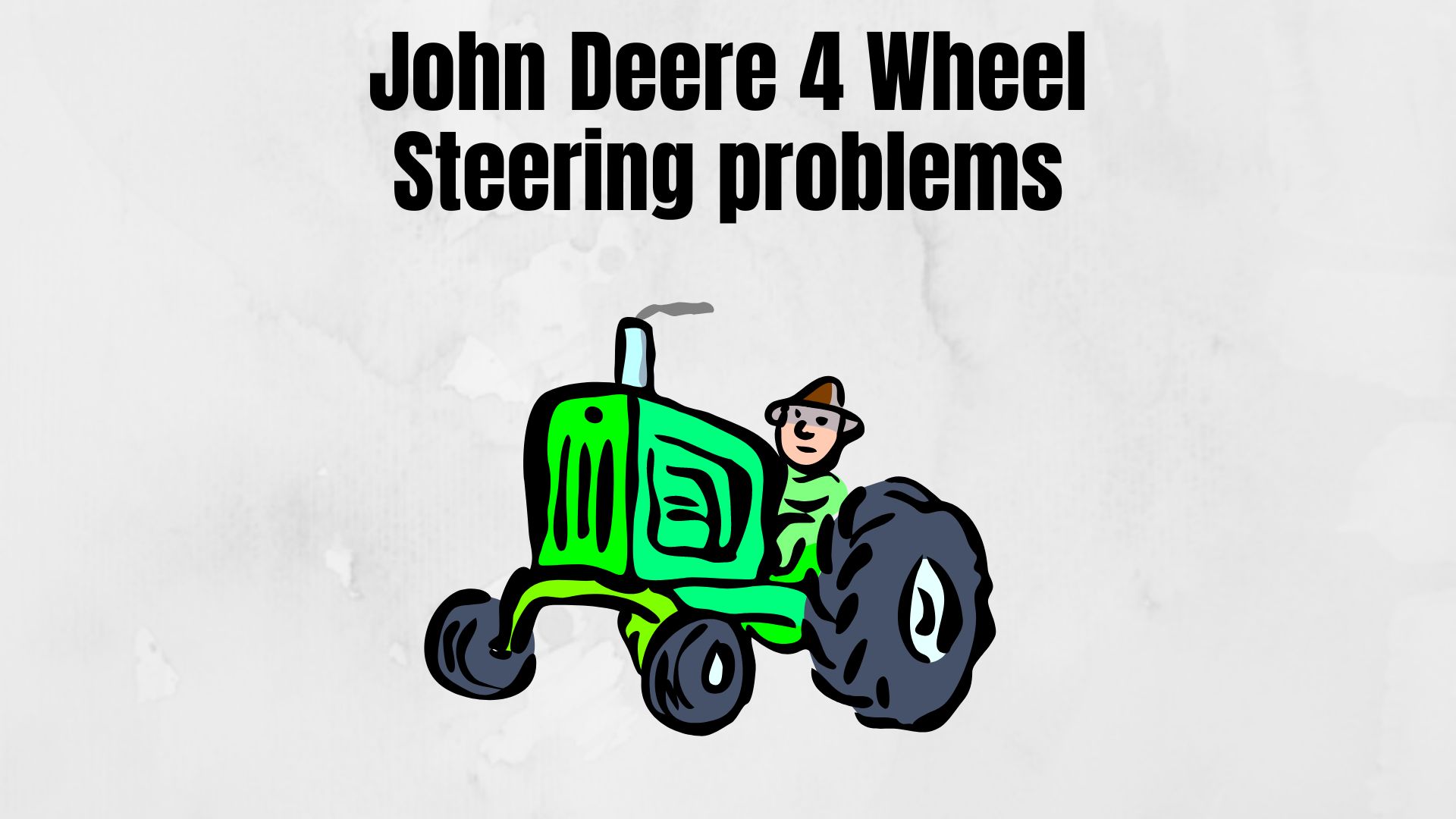
Common Problems with 4 Wheel Steering
While John Deere’s 4WS system offers many advantages, it can encounter issues over time like any technology. Here are some common problems users may face:
3.1. Wheel Alignment Issues:
- Symptoms: Uneven tire wear, drifting to one side, or difficulty maintaining a straight path.
- Causes: Misaligned wheels due to regular use or striking objects.
- Solution: Regularly check and adjust wheel alignment, and address any issues promptly.
3.2. Electrical Problems:
- Symptoms: Loss of 4WS functionality, error codes on the display.
- Causes: Faulty sensors, wiring issues, or electrical component failures.
- Solution: Inspect the electrical connections, replace damaged sensors, and address any wiring problems. Consult the owner’s manual for diagnostic procedures.
3.3. Steering Linkage Wear:
- Symptoms: Increased play in the steering, reduced responsiveness.
- Causes: Wear and tear on the steering linkage components.
- Solution: Regularly inspect and lubricate steering linkage components. Replace worn parts as necessary.
3.4. Hydraulic System Leaks:
- Symptoms: Visible hydraulic fluid leaks, reduced steering control.
- Causes: Damaged hydraulic hoses, seals, or connections.
- Solution: Identify and repair hydraulic leaks promptly, replace damaged hoses or seals, and maintain proper hydraulic fluid levels.
Troubleshooting the John Deere 4WS System
Now, let’s explore troubleshooting steps for addressing common problems with the John Deere 4 Wheel Steering system:
4.1. Wheel Alignment Adjustment:
- Regularly check the wheel alignment using a laser alignment tool or following the manufacturer’s guidelines.
- Adjust the alignment as needed to ensure that all four wheels are properly aligned. This can often be done using the steering linkage adjustment.
4.2. Electrical System Check:
- Inspect all electrical connections related to the 4WS system, including sensors and wiring.
- Use a diagnostic tool compatible with your John Deere model to check for error codes and sensor functionality.
- Replace any faulty sensors or damaged wiring.
4.3. Steering Linkage Inspection and Maintenance:
- Periodically inspect the steering linkage components for wear, damage, or loose connections.
- Lubricate the steering linkage as recommended by the manufacturer to reduce friction and wear.
- Replace worn or damaged components promptly to maintain steering precision.
4.4. Hydraulic System Inspection and Repair:
- Check for visible hydraulic fluid leaks and address them immediately by identifying and replacing damaged hoses, seals, or connections.
- Maintain the hydraulic system’s recommended fluid levels and change the hydraulic fluid as per the manufacturer’s guidelines.
- If you are unsure about hydraulic system repairs, consult a professional technician or John Deere service center.
Conclusion
The John Deere 4 Wheel Steering system offers numerous benefits, such as enhanced maneuverability and control, making it a valuable feature for various lawn care and agricultural applications. While it provides many advantages, users may encounter problems such as wheel alignment issues, electrical problems, steering linkage wear, and hydraulic system leaks.
However, regular maintenance and proper troubleshooting can resolve most issues efficiently. Ensuring that your 4WS-equipped equipment remains in good working condition will allow you to enjoy the benefits of this innovative technology for years to come, making your lawn care and agricultural tasks more efficient and precise.

I’m David man behind Lawn Mowerly; I’ve been dealing with lawnmowers and Tractors with my father since I was a kid. I know every make and model and what each one is capable of and love helping people find the perfect lawn mower for their needs.



